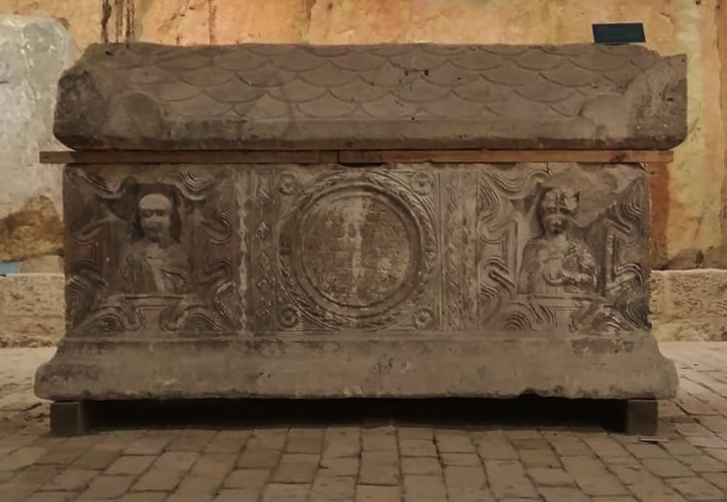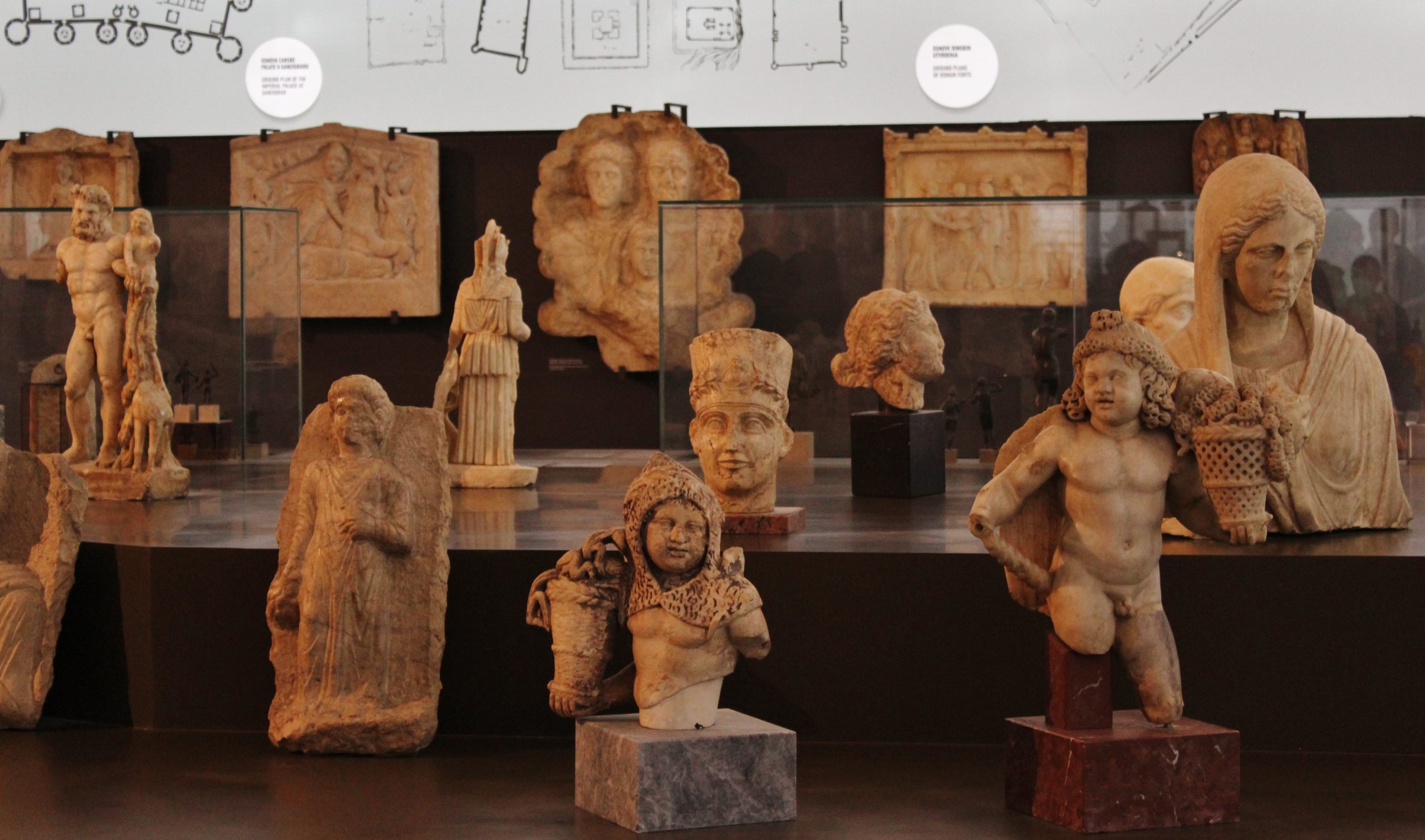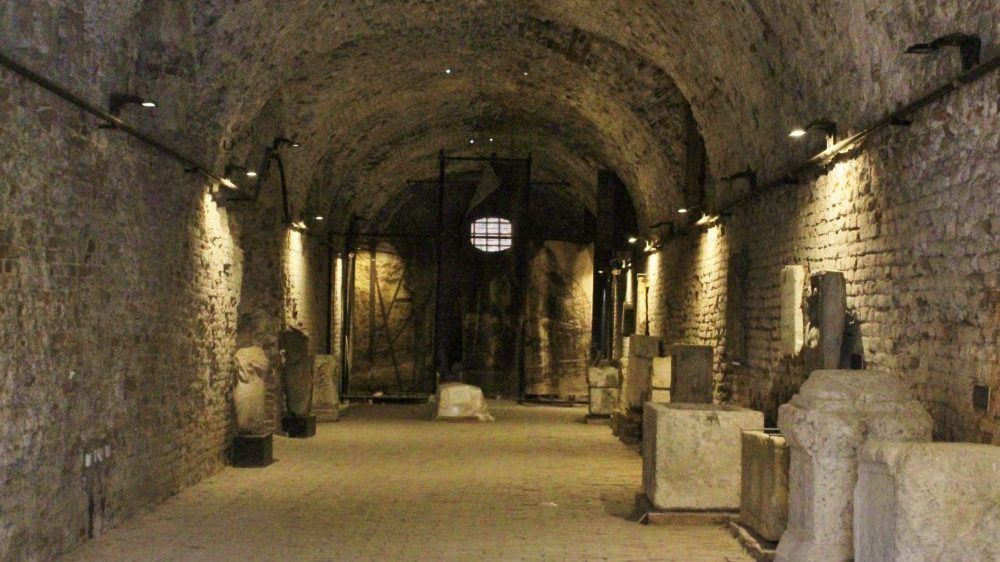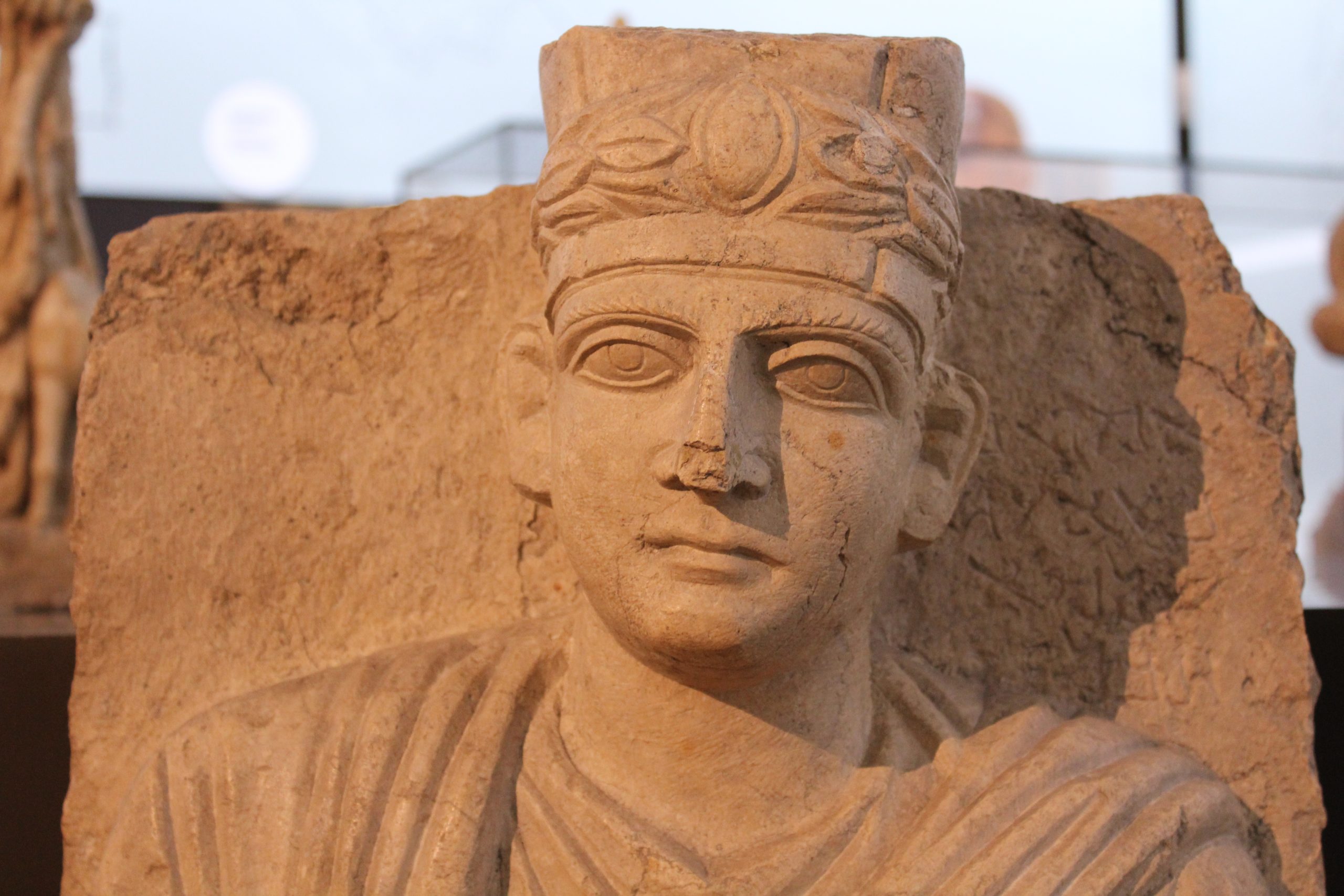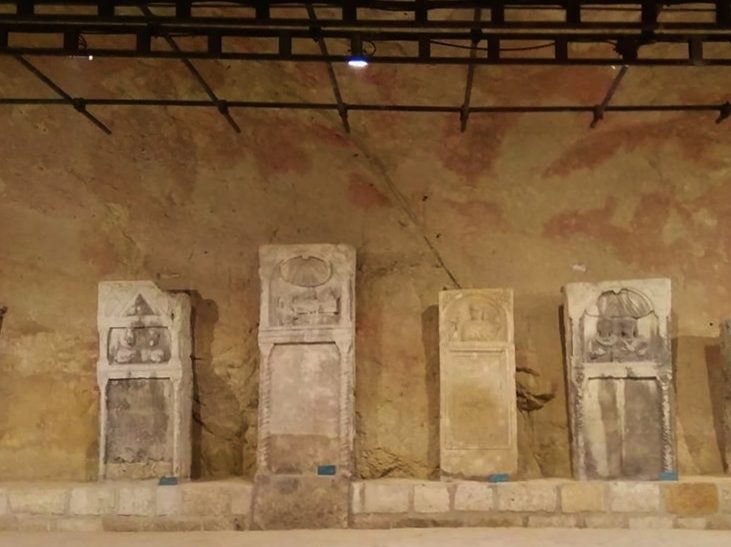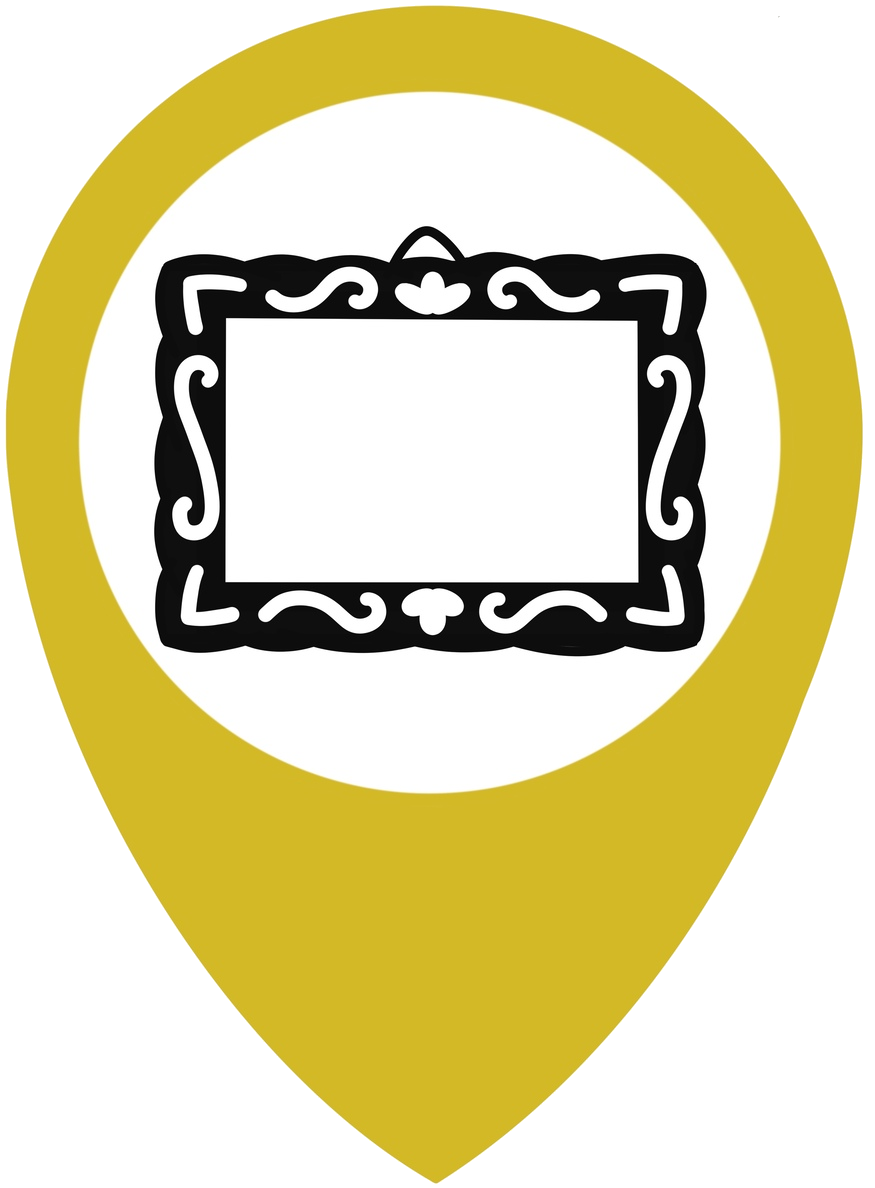ANTIQUITY IN BELGRADE
From the earliest times, the Balkans were inhabited by various tribes of Thracians, Dacians and Illyrians. The Celtic tribe Scordisci lived in the area along the Danube, in the Pannonian plain. The settlement they called Singidunum was located in the area of today's Belgrade. The remains of a Celtic fortification have not been found to this day.
At the beginning of the 2nd century, most probably after the wars that the emperor Traian fought against the Dacians, the legion of IV Flavius was transferred to Singidunum. Above the confluence of the Sava and the Danube, a camp was built in which the legion stayed until the end of antiquity. A civilian settlement was built around the camp, on the Belgrade ridge and its slopes towards the Sava and the Danube. Singidunum probably acquired the status of a municipality during the reign of Emperor Hadrian, and in the middle of the 3rd century it received the status of a colony of Roman citizens. The greatest rise followed between the 2nd to the middle of the 4th century.
ANCIENT HERITAGE IN BELGRADE
Despite continuous destruction starting from the early Byzantine period, which continued with demolition and reconstruction during the Middle Ages, until the 20th century, Belgrade also has a well-preserved ancient heritage.
NECROPOLIS
The necropolises of ancient Singidunum that were found in the territory of today's Belgrade provide substantial evidence on the ancient history of the town.
Written by Katarina Malešević, Mija Bukumirović, Petar Đapić, Ana Brajović


